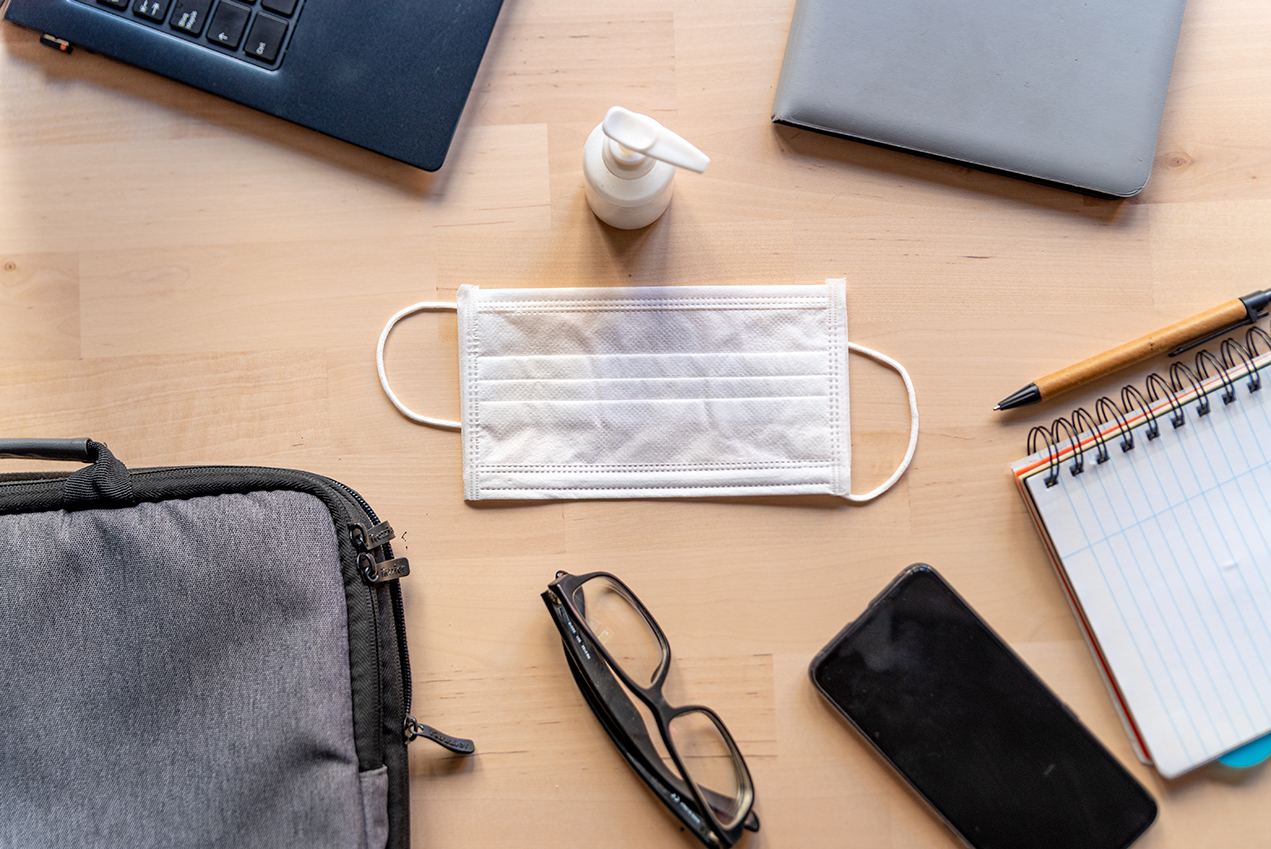With Keck Medicine of USC now accepting all patients for needed health care services and the fall semester in motion, departments throughout have taken steps to make sure that the risk of COVID-19 transmission is minimal. This has resulted in new policies and best practices to which each school has had to quickly adapt.
As part of a series covering these changes, this article will focus on the efforts made at the USC Mrs. T.H. Chan Division of Occupational Science and Occupational Therapy to safely welcome back students and ensure they get the best education possible under these unusual circumstances.
Hybrid training to minimize in-person studies
In order to minimize the risk of COVID-19 transmission among faculty, staff and patients, students are learning remotely whenever possible. However, the very nature of occupational therapy means that students can only learn so much without practical hands-on experience, making a hybrid learning model essential.
“Some in-person course work is required in order to meet professional accreditation standards and learning objectives in preclinical courses,” said Julie McLaughlin Gray, PhD, OTR/L, professor of occupational therapy at the USC Chan. “Clinical fieldwork experiences are mostly off-site, and students will adhere to the placement site protocols for health and safety.”
Safety measures for in-person requirements
To make sure students and their instructors can stay safe during the in-person portion of the curriculum, USC Chan leadership first reviewed public health guidelines within their own Health and Safety Task Force, and then collaborated closely as part of a larger working group led by Laura Mosqueda, MD, dean of the Keck School of Medicine of USC.
For starters, this means following all screening, distancing and hygiene protocols outlined by the university. Faculty, staff and students are all required to complete the USC Health, Hygiene and Safety training program to download the corresponding app and to complete a daily symptom check prior to entering any facility on campus using Trojan Check (sign-on and course completion required).
“We coordinated with Dean Mosqueda on the Clinical Education Working Group, so most of the guidelines, restrictions and health and safety protocols are uniform across programs,” said Grace Baranek, PhD, associate dean and chair of the USC Chan.
In addition to these standards, everyone entering the clinical locations or academic buildings is required to wear a mask. They’re also screened for symptoms, possible exposure and fever. For clinical labs, students and instructors will be given appropriate personal protective equipment (PPE). Leadership is also considering staggered schedules and student learning groups as much as possible.
“Faculty, students and staff are required to wear appropriate PPE, and classroom capacity is limited to provide adequate physical distancing, as per university and Los Angeles county department of public health guidelines,” said Baranek and McLaughlin Gray in a joint statement. “Students are being grouped in smaller pods across the semester to minimize risk during simulation labs. We are coordinating with Project Restart and especially the Clinical Education Working Group at USC to ensure we are in compliance and following best practice protocols to keep everyone safe.”
— Kate Faye


